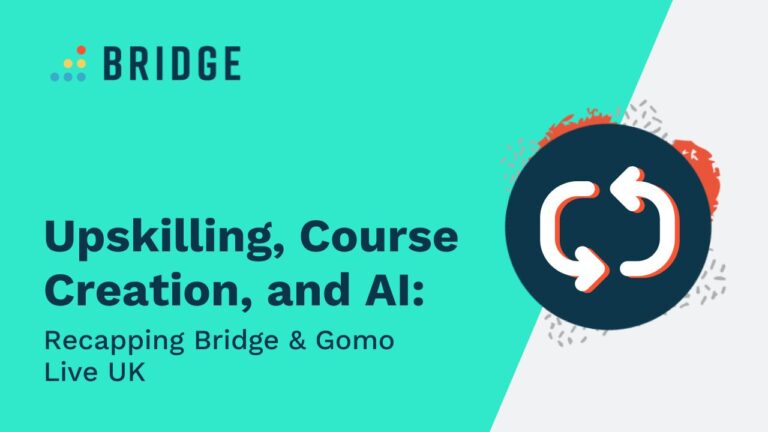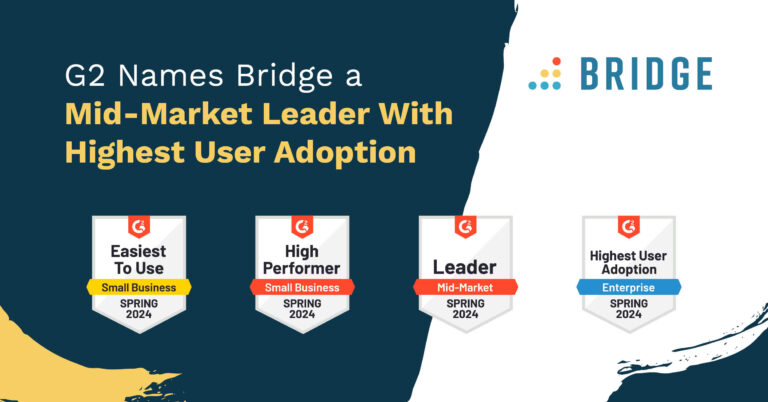Has your business lost touch with its employees? Has the organisation as a whole, in the day-to-day drive to meet deadlines and demands, neglected the concerns and needs of the individuals who work for it?
It’s certainly a possibility, as a Gallup survey found that, globally, only 20% of employees are engaged at work. This high level of dissatisfaction has led, in part, to The Great Resignation in which companies are losing valued employees at a hugely accelerated rate.
Let’s look at why your employees are disengaged at work and four things you can do about it.
Why Are Your People Disengaged at Work?
There are many reasons why your employees may be unhappy in their working life. Here are four of them:
1) They Don’t Feel Listened To
Feeling isolated from management that fails to address concerns in a timely manner can mean that people feel increasingly disengaged from their roles.
2) Work Patterns Don’t Match Their Needs
The pandemic has brought the issue of work-life balance into sharp focus for many and people are increasingly trying to balance their working hours with other commitments. A business that doesn’t allow for flexibility can increase employee stress and levels of discontent.
3) The Job Lacks Creativity and Opportunity
If the job doesn’t allow for creativity or stifles the desire to achieve more, then people will start to feel unfulfilled.
4) There’s a Toxic Working Environment
Friction between employees or between an employee and their manager can create problems for the entire organisation. Resentment and anger can cloud the judgement and abilities of your staff, and engagement and productivity can suffer as a consequence.
The Benefits of Creating an Employee-First Culture
In many cases, refocusing your corporate culture to a more people-centric model could benefit both your business and your employees. One study revealed that 85% of respondents confirmed that productivity had increased in their company thanks to increased flexibility in employee working patterns, 65% of respondents believe that businesses that tailor the work environment to the way staff work are more productive than those that don’t.
How to Create an Employee-First Culture
There’s no need to feel disheartened though, as many of these issues can be dealt with in an employee-centric environment. According to a recent McKinsey article, HR officers believe that a shift to employee-centric policies is long overdue, as businesses have found themselves seeking a ‘back to human’ approach. Additionally, 90% of HR managers believe that they can regain a human touch by moving away from self-service solutions and engaging directly with employees. In other words, focusing on your people matters.
Here are four ways to create a people-centric culture within your organisation:
1) Provide Continous Feedback
In remote working and hybrid working environments, one of the biggest challenges, according to a Buffer study, is the lack of communication and feedback. To overcome these challenges, encourage managers to engage with their employees often – schedule regular one-to-ones to discuss progress, communicate an open door policy so any problems can be addressed swiftly, and make sure any good work is praised. Continuous feedback allows your business to detect and deal with any interpersonal frictions early on and avoid the toxic work environment that can develop if left unchecked.
2) Encourage Flexibility
Employees are increasingly seeking flexibility in pursuit of a better work-life balance. Working Families surveyed over 1,000 working parents across the UK to understand attitudes in the post-COVID workplace. Results revealed that over nine in 10 want their workplace to remain flexible for the future. An employee-first workplace should be responsive to the needs of its employees.
3) Prioritise Employee Health and Wellbeing
Your workforce is your most valuable asset and, like all things of value, it needs to be cared for and nurtured. Having a sympathetic policy towards employee illness and absence is important, as is taking note of the mental health needs of your workforce. You need to ask yourself if work-related stresses are proving too much for some and, if the answer is yes, take steps to mitigate those stresses.
4) Encourage Ongoing Learning and Development Opportunities
Stretch goals that push learning and development can keep your talent engaged and challenged. Encourage employees to invest in their own learning paths, specific to their own development requirements, and clearly align this learning with their carer aspirations to illustrate how they can develop.
How Can Bridge Help?
Has your company traditionally scheduling one-to-ones infrequently and not encouraging managers to have an open-door policy? It can seem daunting to restructure your company culture to one of near-continuous communication, but there are great benefits. Creating this new culture of alignment and communication is no easy task, but we’re here to help.
Bridge’s Performance Management System enables managers to track one-on-one conversations, align employee and company goals, and conduct performance reviews, all in one place, putting employees at the heart of your decision-making processes.



